
I hope you enjoy this blog post.
If you want us to appraise your luxury watch, painting, classic car or jewellery for a loan, click here.
Top 10 Most Famous Art, Paintings & Sculptures from the Qin and Han dynasties (as of 2024)
Our head of the art department at premium pawn shop New Bond Street Pawnbrokers discusses the history of the Qin and Han dynasties, why they became so influential on art, and the Most Famous Art, Paintings & Sculptures dating back to that eras.
Introducing the Han & Qin Dynasties
Ask a student of Chinese history about the most influential of the country’s famous dynasties, it would likely be a toss-up between Qin and Han. The two dynasties covered four centuries, from 221 BC to 220 AD, a golden age that is often seen as the root of what would become modern-day China. The period is renowned for advances in culture, society, science, engineering, and art.
So why do people still talk about the Qin and Han dynasties to this day, and what kind of famous art, paintings and sculptures did they produce?
Qin Dynasty
In 237 BC, Ying Zheng – the king of the Qin region – gained full control after having ruled under a regency for his reign up until that point. As a child he had been ill-tempered and aggressive, as king he channeled that aggression into constant wars in the surrounding states.
War was not alien to the region, with factions constantly at war to either protect their own lands or expand further. Ying Zheng was interested in the latter and by 221 BC, just 16 years later, he had completed his aim of regional domination. Qin now controlled the states of Han, Zhao, Wei, Chu, and Yan, and their leaders were removed and replaced by Qin loyalists.
Ying Zheng adopted the title of Emperor, and in doing so became the first Emperor of a unified Chinese state. The dynasty would only last for 14 years, with Ying Zheng dying from mercury poison after 11 years, and the empire crumbling after three more years.
Throughout the dynasty, During those 14 years, the Qin completed the Great Wall of China, thus securing the realm from attack. They also improved infrastructure, which in turn improved the economy, allowing the empire to collect more taxes.
On top of this, the empire implemented a universal written and spoken language, as well as a unified legal system, and a single currency. This period of Chinese history was not known for its most famous art, paintings, and sculptures thanks to the Qin empire being constantly on a war footing at this point, but that does not diminish its impact on the arts later on.
By ensuring that issues of defence, infrastructure, economics, taxation law and order, and language were all solved, the Qin dynasty laid the groundwork for a period of artistic expression.
However, one of teh most famous pieces of art from this period is world-famous, the Terracotta Army of Xi’an, which attracts thousands of tourists to the Chinese city every single year.
Han Dynasty
When the state of Han conquered Qin, they essentially inherited Ying Zheng’s empire. With the immediate threat of invasion effectively removed, the Han could focus on expanding their territory, and on peacetime pursuits, such as the arts.
The period is generally associated with some of the most famous art pieces like sculptures, ceramics, literature, poetry, paintings, metalwork, calligraphy, and architecture, as well as ceremonial weaponry and armour.
Much of our understanding of Han art comes from burial sites; members of the Han elite were often buried with large amounts of fine goods, including art. Ceramics appear to have been especially important in the funeral process, with many of the known Han ceramics discovered in tombs.
Much of the most famous art from this Han dynasty’s period is incredibly ornate, featuring depictions of people, or typical objects of Chinese lore such as a dragon or a phoenix.
Qin and Han dynasties most famous art in the market
Over the past few years, a strong Chinese art market has sharply driven up the prices of Qin and Han famous artwork, including paintings and sculptures. These items naturally have a market across much of the developed world, but a growing demand for them in China itself is a key driver of prices.
Recent economic developments in China have created new wealth in the country which means some Chinese people have enough disposable income to collect these artifacts.
If we review market statistics over the past years, famous Han & Qin dynasties paintings, jade artworks – such as sculptures, furniture, and porcelain have all risen in value substantially, and we should expect the trend to continue for quality items with strong provenance.
We are particularly excited about the continual growth of the contemporary Chinese art market. It has been steadily on the up since the mid-00s, and has shown staggering growth in the worldwide market over the last couple of years.
Top 10 Most Famous Art, Paintings & Sculptures
from the Qin and Han dynasties
1. Jade pendant
Sold by Christie’s in March 2022, this jade pendant is just 6cm long and depicts a dragon and a phoenix. Dating back to the Western Han period (206BCE to 8AD), the dragon has a delicate ring on its head which would originally have been used to hang the pendant around the neck of a wealthy noblewoman.
Photo Credit: China Online Museum
The jade stone is a greyish-white colour with mottled patches of dark brown. This piece achieved a price of $100,800, up from its estimate of $20,000 – $30,000.
A very similarly coloured jade pendant in a dragon motif was excavated from the tomb of the King of Chu in Jiangsu in 1895 and currently resides in the Xuzhou Museum.
2. A Magnificent Gilt-Bronze ‘Dragon Head’ Chariot Terminal
Also dating from the Westen Han dynasty, Christie’s sold a very rare, 24.2cm long, chariot terminal in the shape of a gilt-bronze dragon’s head at the same auction in March this year. This piece was previously displayed as part of the masterpieces of Ancient China exhibition at Pace Gallery in New York in 2000.
The price realised was $327,600, up considerably from its estimate of $150,000 – $250,000 and demonstrating the still lively market in popular Han and Qin dynasty art and sculpture.
The dragon head is cast in bronze with an upturned nose and flared nostrils above the mouth, which is open to reveal prominent teeth and a long tongue. It has a single S-shaped horn curving over the back of the head onto the neck. Chariots were used as weapon carriages during battles in the Qin and Han dynasties and artworks from both periods appear in museums across China. Finely decorated chariots such as the one this is presumed to have come from were used as mobile command posts as generals deployed their troops across the field.
3. A Rare Large Jade And Glass-Inlaid Gilt-Bronze Belt Hook
Christie’s sold a belt hook with an owl head at one end, grasping the bodies of two does in its claws in March 2022. The owl is holding a jade “bi” centred with a blue glass inlay. Above this sits a large cow head with twirled horns, out of which comes another hook that has an animal’s head on it.
The 14.5 cm tall piece realised $88,200, just up from its lower-end estimate of $80,000. It was unable to reach its upper estimate of $120,000.
Belt hooks dating from the Han dynasty are relatively common artefacts, appearing at auctions and in museum collections across the world. The belt hook predates the belt buckle and is believed to have originated in central Asia, where they were developed by horse-using tribes.
4. Incised Gilt-Bronze “Phoenix” Vessel And Lid (Bianhu)
Sold at Sotheby’s in March 2022, this phoenix bianhu realised a price of $63,000 USD, up 152% on the estimate of $20,000 – $30,000.
Bianhu are distinctively flattened, oval-shaped flasks made before the first century AD. Before becoming popular with Han and Qin dynasty art collectors of today, they were previously collected by Chinese scholars. Bianhu often features hanging rings on each side attached with a “taotie” mask feature. They were very popular and sometimes sacred, used as wine flasks until the end of the Han dynasty.
The Emperor Qianlong collected bronze antiques including bianhu and had thousands of items in his treasury. It’s presumed his noblemen were emulating him with their own collections.
5. Large, Fragmentary Gilt-Bronze Goose Figure
Sold by Sotheby’s and dating from the Han dynasty, this 44.5 cm sculpture comprises of the head, tail and legs of a goose with the missing body replaced by glass. The work sold in September 2021 for $44,100, up 10% on its estimate of $30,000 – $50,000.
Geese represented loyalty and discipline, characteristics the Han valued highly in order to expand and maintain their massive empire. Oil lamps and jars shaped like geese were therefore very popular under the Han, refining the bronze casting techniques that began with the Shang and Zhou dynasties around 2,000 BCE.
Dragons, bears and tigers in the form of ornaments and sculptures are also popular Han dynasty artworks that appear in collections and museums around the world.
6. Gold-Inlaid Bronze Sword
81.3 cm in length with a gold, inlaid, ring-shaped pommel, this stunning example of a Han dynasty sword (dao in Chinese) sold at a Sotheby’s auction in September 2021 for $37,800. This was up 202% from its estimate.
Formerly a part of the MacLean Collection in Chicago and described in The MacLean Collection: Chinese Ritual Bronzes, it’s not surprising this beautiful example of a dao surpassed its estimate. Ancient Chinese bronze swords appear regularly at auction and come in two forms, the shorter, single-edged dao and the longer “jian”.
7. Grey Pottery Model Of 2 Story Chinese Tower and Grey Pottery Model Of A Chinese Barn
Selling for $25,000 and $18,750 respectively, these sale items achieved 600 and 900% over their estimates at a Christie’s sale in 2013. These models, made as burial objects, are hugely popular Han dynasty sculptures as they represent both the architecture of the time and are actual visual artworks, rather than decorated utilitarian objects of the day.
Placing models of everything from pigsties to palaces became popular in the Han period and potteries across China began making them to meet demand. The models were made of earthenware with some being green or lead-glazed. It’s thought that perhaps Taoist alchemists influenced Chinese potters by experimenting with metal glazes, but it was known that lead was poisonous so was only used to make tomb items.
As no actual buildings survive from the Han period, these models have become an excellent way for scholars to understand how buildings of the period were laid out, and to use this to understand daily life at that time.
8. A Pair Of Green-Glazed Pottery Hu Jars Mounted As Lamps
It’s not uncommon to find popular Han or Qin dynasty sculpture and art used as modern lighting, as with these two hu jars. Standing at 48 cm high, they sold at Christie’s in 2016 for $22,500, up 800% from their estimated price!
Hu jars (in fact, “hu” means jar in Chinese) are a more rounded version of the flatter bianhu we mentioned earlier and refer to almost any jar with a rounded, bulbous base tapering to a narrow, often elongated neck. The hu jar shape continues to be popular in Ming, Qing and even into contemporary Chinese art.
Hu jars were historically used to contain all types of liquids and foodstuffs in tombs and are found in almost every Han tomb excavated, where they contained foodstuffs to be used by the deceased in the afterlife.
Glazed or lacquered hu are found in the tombs and burial sites of more distinguished nobles while plainer, painted or inscribed terracotta hu are found in other, less spectacular tombs.
9. Qin Dynasty Art
Probably the most famous example of Qin dynasty art is the Terracotta Warriors in Xi’an, discovered in 1974. Just as nobles and even poorer households would put models of items their loved ones would need in the afterlife, such as the model houses mentioned above, the first Emporer put a full-sized army at his disposal in the form of his Terracotta Warriors.
The Qin dynasty lasted only 14 years, so artworks from the period are extremely rare and almost impossible to come by. For example, a bianhu (mentioned earlier) dated to the Qin dynasty was excavated from Shanxi province in 1973 and is now in the collection of the Archaeology Institution of Shanxi Province.
All sources of popular Qin dynasty sculpture and art come from archaeological digs, and artworks from the period can often be replicas or even looted, so provenance and assessment by trained experts are essential for any piece claiming to be from this period.
10. Qin Dynasty Sceptre
When genuine Qin dynasty artworks do appear on the market, it’s not surprising that they sell very well. In March 2017, Bonhams sold a Qin dynasty patinated sandalwood sceptre for over nine times its top estimate, for a total of $90,000. It was the auction’s top sale of the evening.
Sceptres (ruyi in Chinese) were carved and often beautifully decorated wooden ceremonial items used in Buddhism. They often crop up in Chinese folktales as symbols of power or good fortune and the Palace Museum in Beijing has a collection of almost 3,000 ruyi made from various precious materials like gold, ivory and jade, but also bamboo and other woods. Most are from later dynasties, especially the Ming and Qing as few have survived from the brief Qin period of over 2,200 years ago.
To summarize, some of the most famous and expensive art and paintings from the Han and Qin dynasties include:
Valuing your art pieces, paintings & sculptures from the Qin and Han Dynasties times
In addition to providing loans against some of the most popular art dating back to the Han & Qin dynasties eras, New Bond Street Pawnbrokers also offers credit with minimal paperwork, plus specialist advice throughout against paintings and artwork from many artists like Andy Warhol, Bernard Buffet, Damien Hirst, David Hockney, Marc Chagall, Raoul Duffy, Sean Scully, Tom Wesselmann, Tracey Emin, Banksy, and Roy Lichtenstein to name just a few.
This post is also available in:
Français (French)
Deutsch (German)
Italiano (Italian)
Português (Portuguese (Portugal))
Español (Spanish)
Български (Bulgarian)
简体中文 (Chinese (Simplified))
繁體中文 (Chinese (Traditional))
hrvatski (Croatian)
Čeština (Czech)
Dansk (Danish)
Nederlands (Dutch)
हिन्दी (Hindi)
Magyar (Hungarian)
Latviešu (Latvian)
polski (Polish)
Português (Portuguese (Brazil))
Română (Romanian)
Русский (Russian)
Slovenčina (Slovak)
Slovenščina (Slovenian)
Svenska (Swedish)
Türkçe (Turkish)
Українська (Ukrainian)
Albanian
Հայերեն (Armenian)
Eesti (Estonian)
Suomi (Finnish)
Ελληνικά (Greek)
Íslenska (Icelandic)
Indonesia (Indonesian)
日本語 (Japanese)
한국어 (Korean)
Lietuvių (Lithuanian)
Norsk bokmål (Norwegian Bokmål)
српски (Serbian)
Tamil


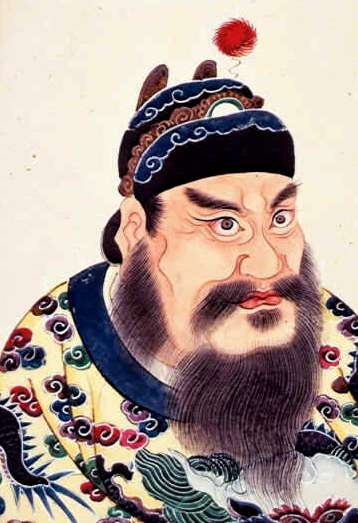
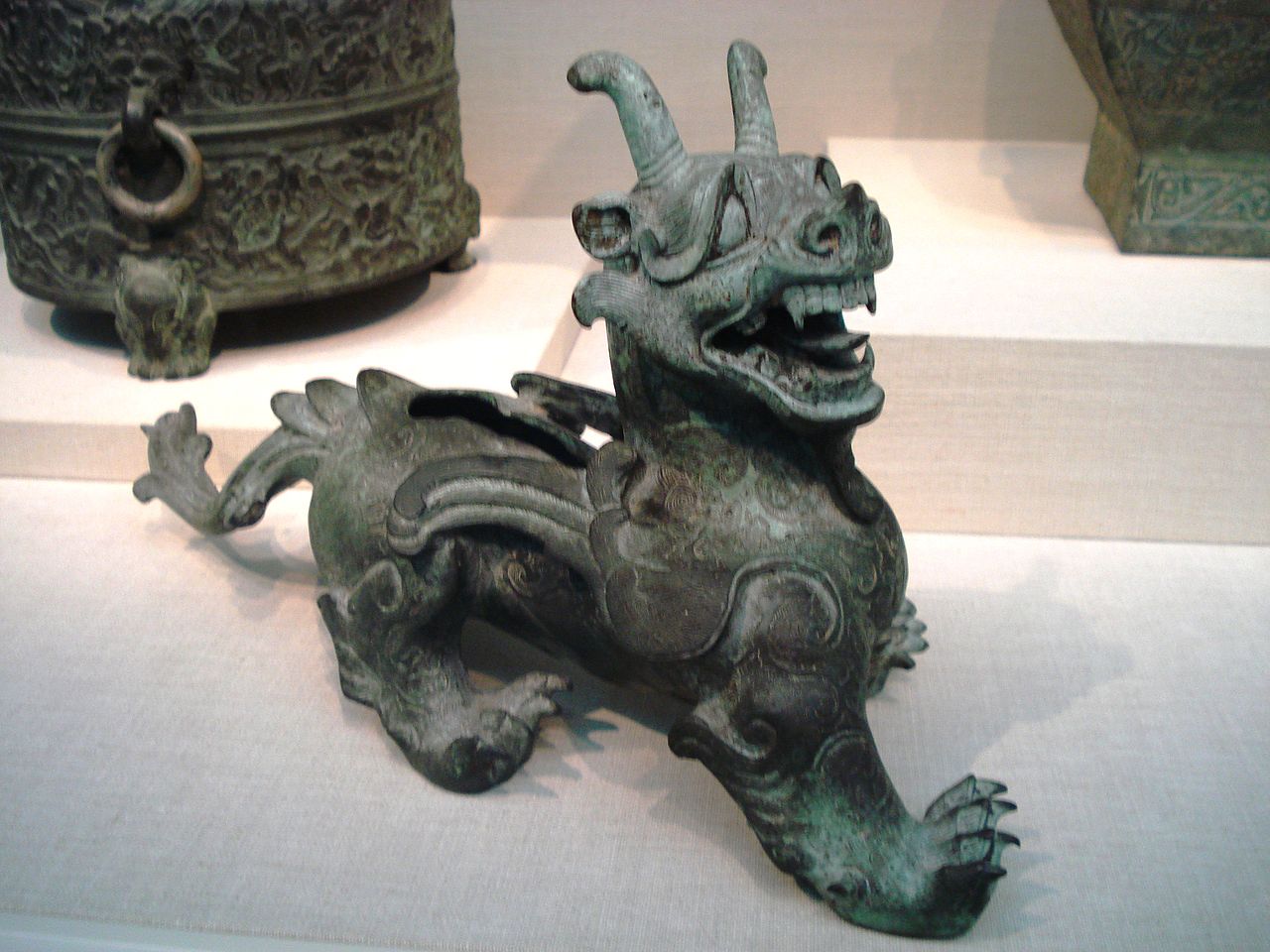
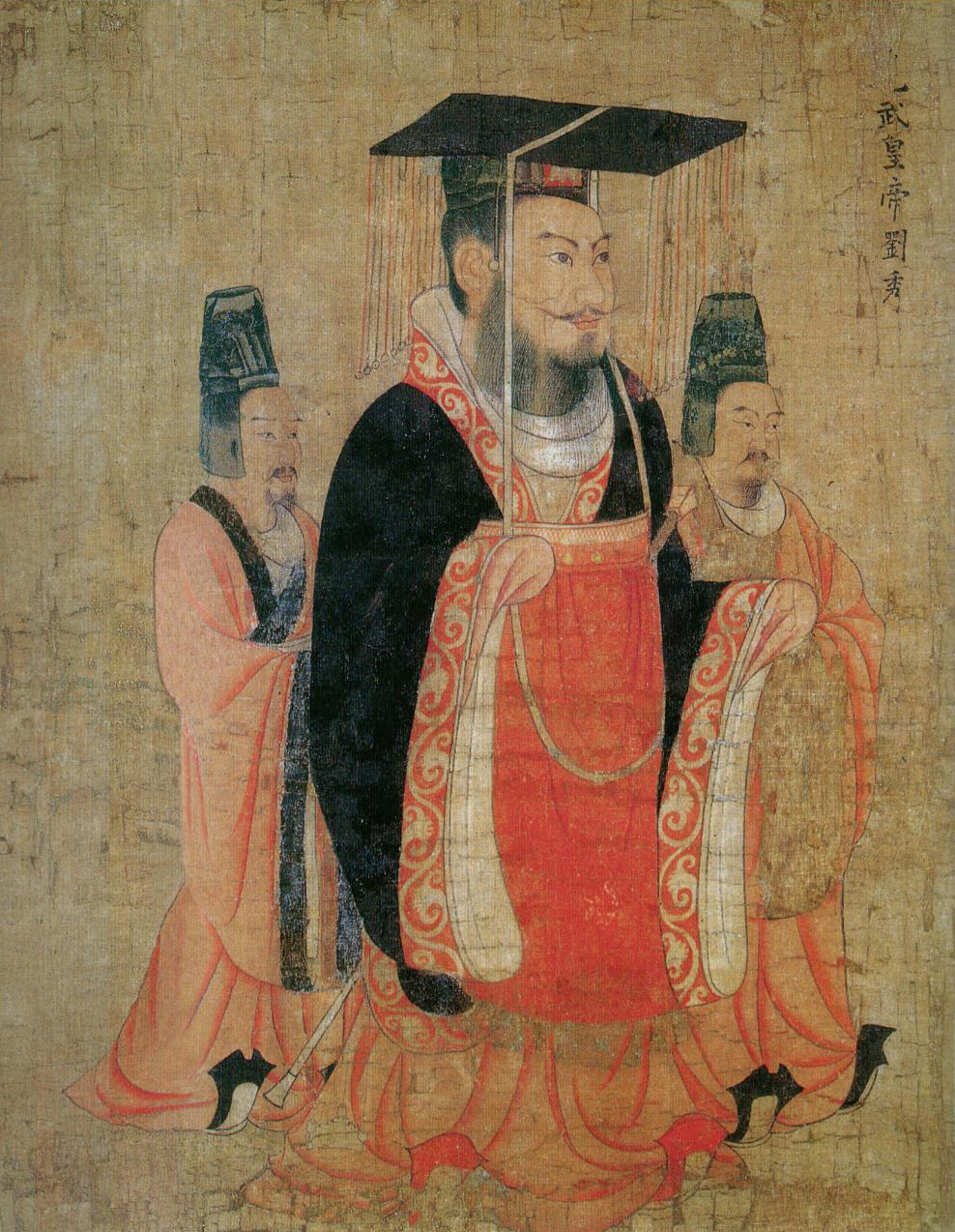
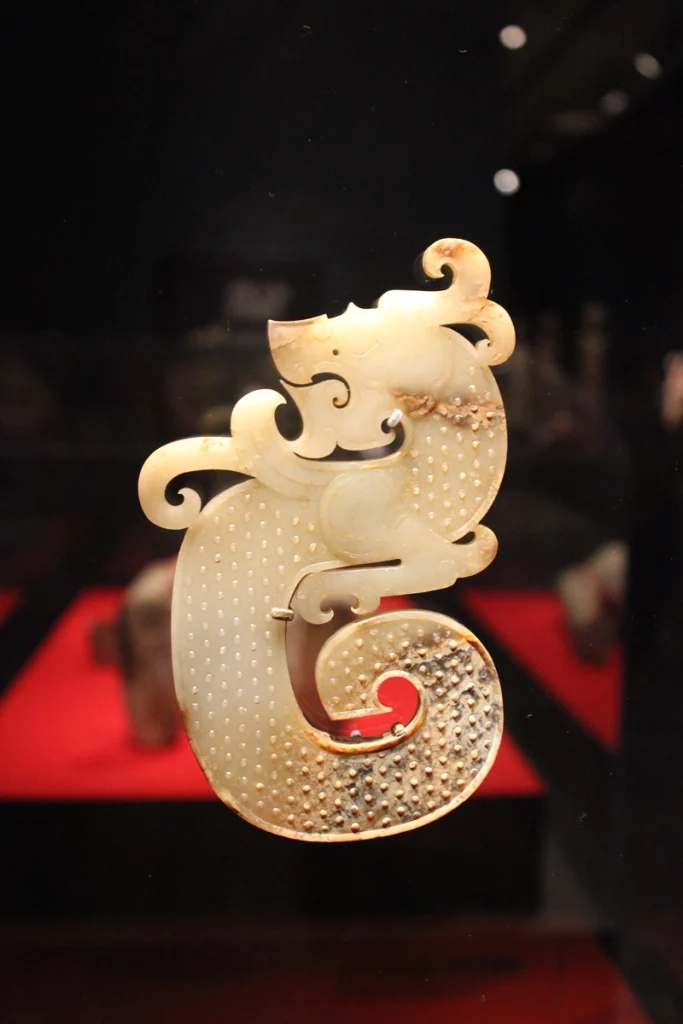
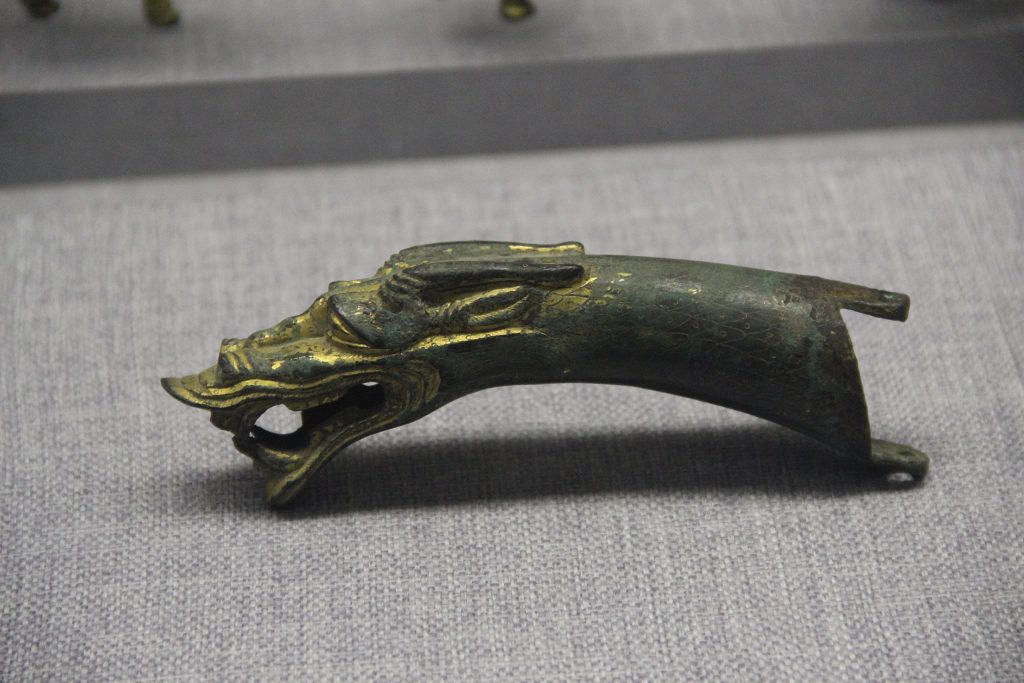
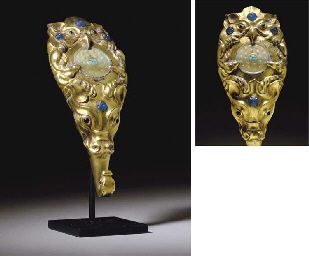
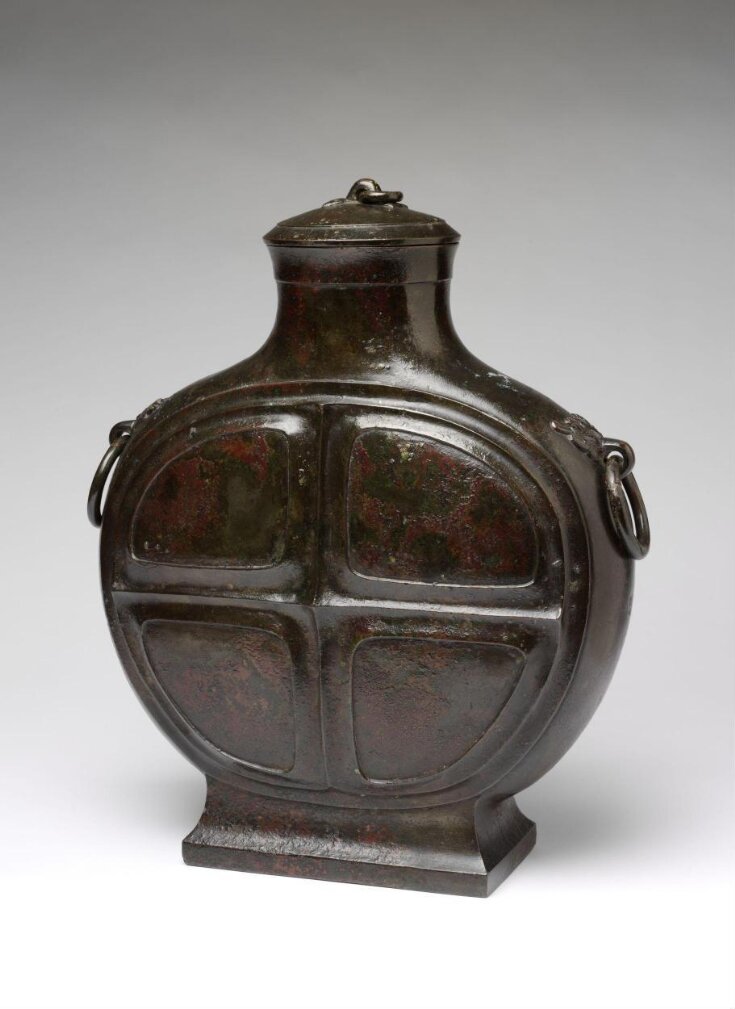

Be the first to add a comment!